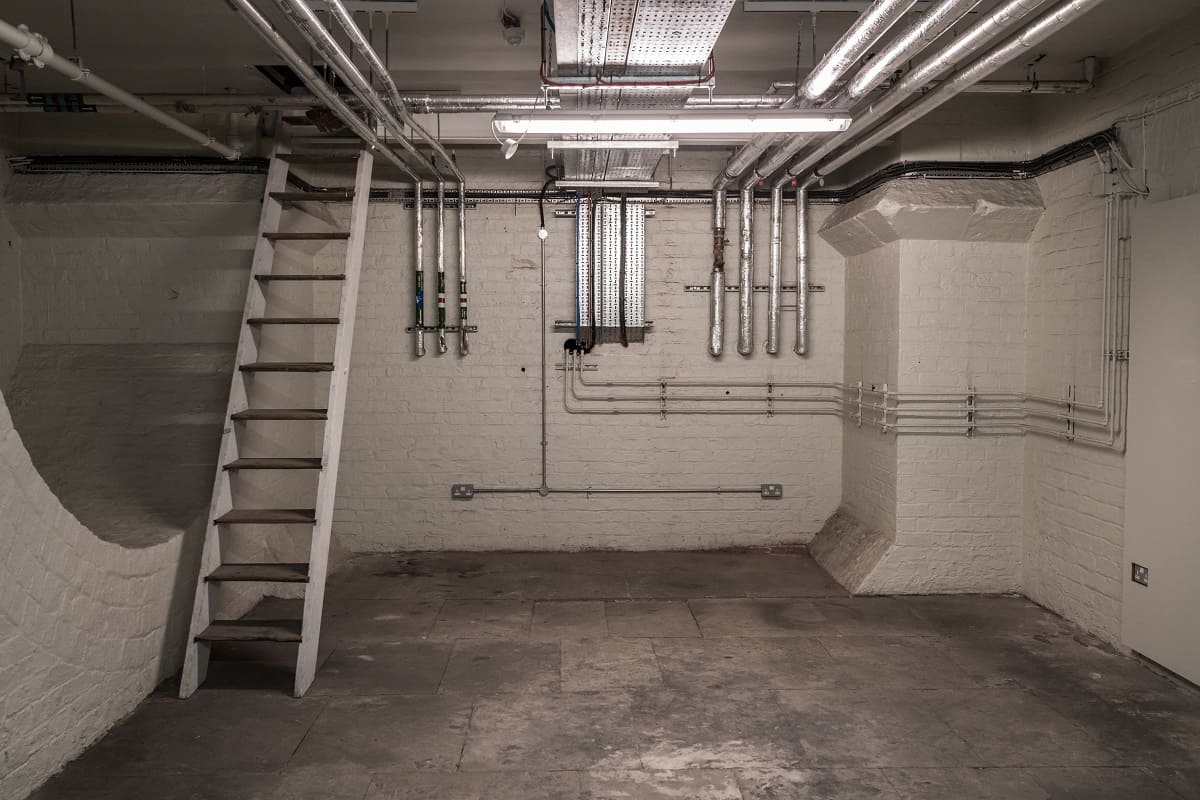

Articles
How To Test Humidity In Basement
Modified: February 24, 2024
Learn how to test humidity in your basement with these informative articles. Discover practical tips and techniques to keep your basement dry and mold-free.
(Many of the links in this article redirect to a specific reviewed product. Your purchase of these products through affiliate links helps to generate commission for Storables.com, at no extra cost. Learn more)
Introduction
Testing humidity in your basement is crucial for maintaining a safe and healthy living environment. Excess humidity can lead to a variety of issues, such as mold growth, musty odors, and damage to your belongings. By regularly testing for humidity levels, you can take appropriate measures to prevent these problems and ensure the overall well-being of your basement.
In this article, we will explore different methods for testing humidity in your basement. These methods will help you accurately measure the level of moisture present and enable you to make informed decisions about humidity control. Whether you are a homeowner or a professional in the construction industry, this guide will provide you with valuable insights on how to effectively test humidity in your basement.
Key Takeaways:
- Regularly testing humidity in your basement using methods such as hygrometers, moisture meters, visual inspections, condensation tests, and humidity charts is crucial for preventing mold growth and maintaining a healthy living environment.
- By combining various testing methods, you can accurately measure and control the humidity levels in your basement, ensuring a comfortable and moisture-free space for you and your family.
Methods for Testing Humidity in the Basement
There are several methods you can employ to test the humidity levels in your basement. Each method has its own advantages and is suited for different scenarios. Let’s take a closer look at some of the most commonly used methods:
-
Using a Hygrometer
A hygrometer is a device specifically designed to measure the humidity levels in the air. It consists of a sensor that detects moisture and displays the results on a digital or analog screen. To use a hygrometer to test the humidity in your basement, simply place it in the desired location and let it sit for a few hours to allow accurate readings.
Hygrometers are widely available and come in different types, including digital hygrometers and psychrometers. Depending on your preference and budget, you can choose a hygrometer that best suits your needs.
-
Using a Moisture Meter
While hygrometers measure the relative humidity in the air, moisture meters are specifically designed to measure the moisture content of various materials, including walls, floors, and other surfaces in your basement. Moisture meters typically utilize two pins that are inserted into the material, providing an immediate reading of the moisture present.
This method is particularly useful if you suspect moisture intrusion or want to measure the moisture levels in specific areas of your basement. By using a moisture meter, you can identify potential problem areas and take appropriate actions to mitigate moisture-related issues.
-
Conducting a Visual Inspection
A visual inspection is another effective method for testing humidity in your basement. Look for visible signs of moisture such as water stains, damp spots, or condensation on surfaces. Pay close attention to areas prone to moisture accumulation, such as corners, around windows and pipes, and near foundation walls.
During your visual inspection, be sure to check for any signs of mold growth. Mold thrives in areas with high humidity, and its presence indicates a moisture problem. If you notice any mold growth, it is essential to address the underlying humidity issue and take necessary steps to remediate the mold.
-
Read more: How To Set Humidity On Thermostat
Performing a Condensation Test
Condensation is a common indicator of high humidity levels in a basement. To perform a condensation test, select an area in your basement that is prone to condensation, such as a cold water pipe or a window. Place a piece of plastic wrap over the selected area and secure it tightly with tape.
After 24-48 hours, remove the plastic wrap and check for any signs of moisture accumulation on the surface. If you find moisture or water droplets on the plastic, it indicates that the humidity in your basement is high and further measures should be taken to control it.
-
Using a Humidity Chart
A humidity chart, also known as a dew point chart, can help you understand the relationship between temperature and humidity. By comparing the temperature and relative humidity in your basement, you can determine if the conditions are favorable for moisture accumulation.
To use a humidity chart, measure the temperature and humidity in your basement using a thermometer and hygrometer. Then, cross-reference the values on the chart to find the dew point, which is the temperature at which moisture starts to condense. This information will give you valuable insights into the humidity levels in your basement.
By utilizing these methods, you can effectively test the humidity levels in your basement and take appropriate actions to maintain a healthy and moisture-free environment. Remember that regular testing is essential, as basement humidity levels can fluctuate over time. With the right tools and knowledge, you can effectively monitor and control the humidity in your basement, ensuring a safe and comfortable space for you and your family.
Using a Hygrometer
One of the most common and straightforward methods for testing humidity in your basement is by using a hygrometer. A hygrometer is a device specifically designed to measure the moisture content in the air. It provides accurate readings of the relative humidity, allowing you to gauge the level of moisture present in your basement.
Using a hygrometer is simple. First, you need to select a location in your basement where you want to measure the humidity. It is recommended to choose an area that represents the overall conditions of the basement. Avoid placing the hygrometer near sources of moisture, such as water pipes or leaking areas, as this will give you false readings.
Once you have selected the location, place the hygrometer in that spot and let it sit for a few hours or overnight. This will allow the sensor to adjust to the ambient conditions and provide accurate humidity readings. It’s important not to disturb or move the hygrometer during this time to ensure accurate results.
After the desired time, check the hygrometer’s display, which will indicate the relative humidity as a percentage. Ideally, the relative humidity in your basement should be between 30% and 50% for optimal comfort and to prevent moisture-related issues like mold growth.
If the reading on the hygrometer is consistently above 50%, it indicates excess humidity in your basement. This could be due to poor ventilation, water seepage, or other moisture-related issues. In such cases, it is important to take steps to reduce the humidity levels in your basement by addressing the underlying causes.
Hygrometers come in various types, including analog and digital models. Analog hygrometers use a dial or needle to display the humidity level, while digital hygrometers provide a digital readout. Both types are equally effective in measuring humidity, so it’s a matter of personal preference and convenience.
Remember to calibrate your hygrometer periodically to ensure accurate readings. Some hygrometers come with a calibration feature, while others may require manual adjustment. By calibrating your hygrometer, you can be confident that the humidity readings it provides are reliable and accurate.
Using a hygrometer to test humidity in your basement is a simple and effective method that allows you to monitor and maintain optimal humidity levels. By regularly checking the humidity, you can take appropriate measures to prevent moisture-related issues and ensure a comfortable and healthy living space.
Using a Moisture Meter
When it comes to testing humidity in your basement, using a moisture meter is another effective method. Unlike hygrometers that measure the relative humidity in the air, moisture meters are specifically designed to measure the moisture content within various materials.
A moisture meter typically consists of two metal pins or prongs that are inserted into the material you want to test. The pins use electrical resistance to measure the moisture levels and provide you with an immediate reading. This makes moisture meters particularly useful for assessing the moisture content of walls, floors, and other surfaces in your basement.
To use a moisture meter, start by selecting the area you want to test. This could be a specific wall, floor, or any other surface that you suspect may have a moisture issue. Ensure that the surface is clean and free from any debris or obstruction that may interfere with the moisture meter’s readings.
Insert the two pins of the moisture meter into the material and make sure they penetrate deep enough to reach the moisture layer. Gently press the pins against the surface to establish a good connection and wait for the reading to stabilize. The moisture meter will provide you with a numerical value indicating the moisture content of the material.
Moisture meters usually have a scale or color-coded indicator that helps you interpret the readings. These indicators often categorize the moisture levels as dry, moderately damp, or excessively wet. Keep in mind that the specific moisture levels may vary depending on the type of material being tested, so refer to the moisture meter’s user manual for accurate interpretations.
If the moisture meter reading indicates high moisture content in the material, it suggests that there may be a moisture problem in that area of your basement. It could be due to water intrusion, plumbing leaks, or poor ventilation. Identifying the exact cause is crucial in order to address the issue effectively and prevent further damage or moisture-related problems.
Using a moisture meter provides you with a more targeted approach to testing humidity in your basement. It allows you to pinpoint problem areas and take necessary actions to mitigate moisture issues. By regularly assessing the moisture content of various materials, you can detect potential problems early on and prevent costly repairs and health concerns associated with excess humidity.
Read more: How To Test Doorbell
Conducting a Visual Inspection
A visual inspection is a valuable method for testing humidity in your basement and is often the first step in identifying potential moisture-related issues. By carefully examining the different areas of your basement, you can gather important visual cues that indicate the presence of excessive humidity.
During a visual inspection, it’s important to pay attention to visible signs of moisture, such as water stains, damp spots, or condensation on surfaces. Start by inspecting the walls, floors, and ceilings of your basement. Look for any discoloration, peeling paint or wallpaper, and signs of water damage.
Check for any visible mold growth in your basement. Mold thrives in damp and humid environments and is a clear indicator of excessive moisture. Look for any fuzzy patches or discolored areas on the walls or other surfaces. If you detect mold, it’s important to address the underlying humidity issue and take appropriate steps to remediate the mold growth.
Pay close attention to areas that are prone to moisture accumulation, such as corners, near windows, doors, pipes, and along the foundation walls. Check if there are any signs of water seepage or dampness in these areas. Look for bubbling or peeling paint, musty odors, or a noticeable increase in humidity.
Inspect the windows in your basement. Look for condensation on the glass or signs of moisture around the window frames. This can indicate high humidity levels in your basement and may require further investigation and humidity control measures.
A visual inspection should also include a check for proper ventilation in your basement. Ensure that vents and exhaust fans are in good working condition and are effectively removing excess moisture from the air. Insufficient ventilation can lead to humidity buildup and increase the risk of mold growth and other moisture-related issues.
While a visual inspection provides important clues about humidity levels, it may not give you precise numerical measurements. Therefore, it’s recommended to complement a visual inspection with other testing methods, such as using a hygrometer or moisture meter, to obtain more accurate readings.
By conducting regular visual inspections, you can catch signs of excessive humidity in your basement early on and take appropriate measures to address the issue. Prompt action can help prevent further damage, protect your belongings, and maintain a healthy and comfortable living environment.
Performing a Condensation Test
A condensation test is a simple yet effective method for testing humidity levels in your basement. Condensation occurs when warm, moist air comes into contact with a cold surface, causing the moisture in the air to turn into water droplets. By performing a condensation test, you can determine if there is excessive humidity present in your basement.
To perform the condensation test, start by selecting an area in the basement where you suspect condensation may occur. This could be near a cold water pipe, a window, or any other surface that is prone to moisture buildup. Clean the surface area and ensure it is dry before proceeding with the test.
Next, take a piece of plastic wrap and securely fasten it over the selected area using tape. Ensure that the plastic wrap is tightly sealed to create a barrier between the air and the surface. Leave the plastic wrap in place for 24 to 48 hours, making sure not to disturb it during this period.
After the designated time has passed, carefully remove the plastic wrap and examine the surface underneath. If you observe any water droplets or moisture on the surface or if the plastic wrap appears wet, it indicates that there is excessive humidity in your basement.
It’s important to note that a minimal amount of moisture on the plastic wrap may be normal, especially in basements where some level of humidity can be expected. However, if there is a significant accumulation of water droplets or if the surface is consistently moist, it suggests that there may be a humidity problem that needs to be addressed.
If the condensation test reveals significant moisture, it is crucial to investigate the cause of the excess humidity in your basement. Common factors contributing to high humidity levels include inadequate insulation, poor ventilation, water leaks, or groundwater seepage. Identifying and addressing these underlying issues will help you control and reduce the humidity levels in your basement.
Performing a condensation test provides you with a practical way to assess the humidity levels in your basement. It allows you to visually observe the impact of moisture in relation to temperature differentials and helps you identify areas where high humidity may be a concern. By taking proactive measures to manage the humidity, you can maintain a dry, comfortable, and healthy environment in your basement.
Using a Humidity Chart
Another method for testing humidity in your basement is by utilizing a humidity chart, also known as a dew point chart. A humidity chart helps you understand the relationship between temperature and humidity, allowing you to assess if the conditions in your basement are favorable for moisture accumulation.
To use a humidity chart, you need to measure both the temperature and relative humidity in your basement. A thermometer can be used to obtain a temperature reading, while a hygrometer will provide you with the relative humidity as a percentage. Take these readings and cross-reference them on the humidity chart to determine the dew point.
The dew point is the temperature at which moisture in the air begins to condense. By comparing the actual temperature in your basement to the dew point, you can gain insights into the humidity levels. If the temperature is lower than the dew point, it indicates that the air in your basement is likely to condense and result in excess moisture.
Using a humidity chart can help you identify potential problem areas where humidity might be higher. For example, if the chart indicates a high dew point near a window or a particular wall, it suggests that these areas may require additional attention to control humidity effectively.
Humidity charts are readily available online or in home improvement stores. They often come in a graphical format with temperature on one axis and relative humidity on the other. The intersection of these values indicates the dew point. Some charts also provide color-coded indicators to help you easily determine if the humidity levels are within an acceptable range.
Keep in mind that humidity charts are based on average conditions and may not account for specific factors in your basement. Factors such as airflow, insulation, and other environmental conditions can influence humidity levels, so it’s essential to consider them along with the humidity chart readings.
Using a humidity chart can give you a general idea of the humidity levels in your basement based on the temperature and relative humidity readings. It is a valuable tool to help you understand the relationship between humidity and temperature, allowing you to take appropriate measures to maintain a comfortable and moisture-free environment.
Use a hygrometer to test the humidity in your basement. Place it in different areas to get an accurate reading. Keep the humidity level below 60% to prevent mold and mildew growth.
Conclusion
Testing humidity in your basement is crucial for maintaining a safe and healthy living environment. Excess humidity can lead to various issues, including mold growth, musty odors, and damage to your belongings. By utilizing different testing methods, you can accurately measure the level of moisture present and take appropriate measures to prevent and control humidity-related problems.
In this article, we explored several methods for testing humidity in your basement. Using a hygrometer is a straightforward and commonly used approach to measure the relative humidity in the air. It provides you with real-time readings and helps you monitor the moisture levels effectively. Additionally, a moisture meter allows you to assess the moisture content of specific materials, giving you a targeted approach to identify problem areas.
Conducting a visual inspection is an essential step in identifying visible signs of moisture and potential humidity issues. By visually examining your basement, you can spot water stains, condensation, or mold growth, indicating the presence of excessive humidity. Performing a condensation test helps determine whether there is moisture buildup on surfaces, which could be a sign of high humidity levels.
Using a humidity chart provides you with a comparative analysis of the temperature and relative humidity, allowing you to understand the relationship between the two and identify potential areas of concern.
It’s important to note that no single method is sufficient on its own, and a combination of these methods is recommended for a comprehensive assessment of humidity levels in your basement. By regularly testing humidity and implementing necessary measures, you can prevent moisture-related issues, protect your health, and maintain a comfortable living space.
Remember, it’s essential to address any issues related to excess humidity promptly. This may include improving ventilation, addressing water leaks, utilizing dehumidifiers, or seeking professional assistance when needed.
By staying proactive and vigilant in testing and controlling humidity levels in your basement, you can create a healthier and more comfortable living environment for yourself and your family.
Frequently Asked Questions about How To Test Humidity In Basement
Was this page helpful?
At Storables.com, we guarantee accurate and reliable information. Our content, validated by Expert Board Contributors, is crafted following stringent Editorial Policies. We're committed to providing you with well-researched, expert-backed insights for all your informational needs.

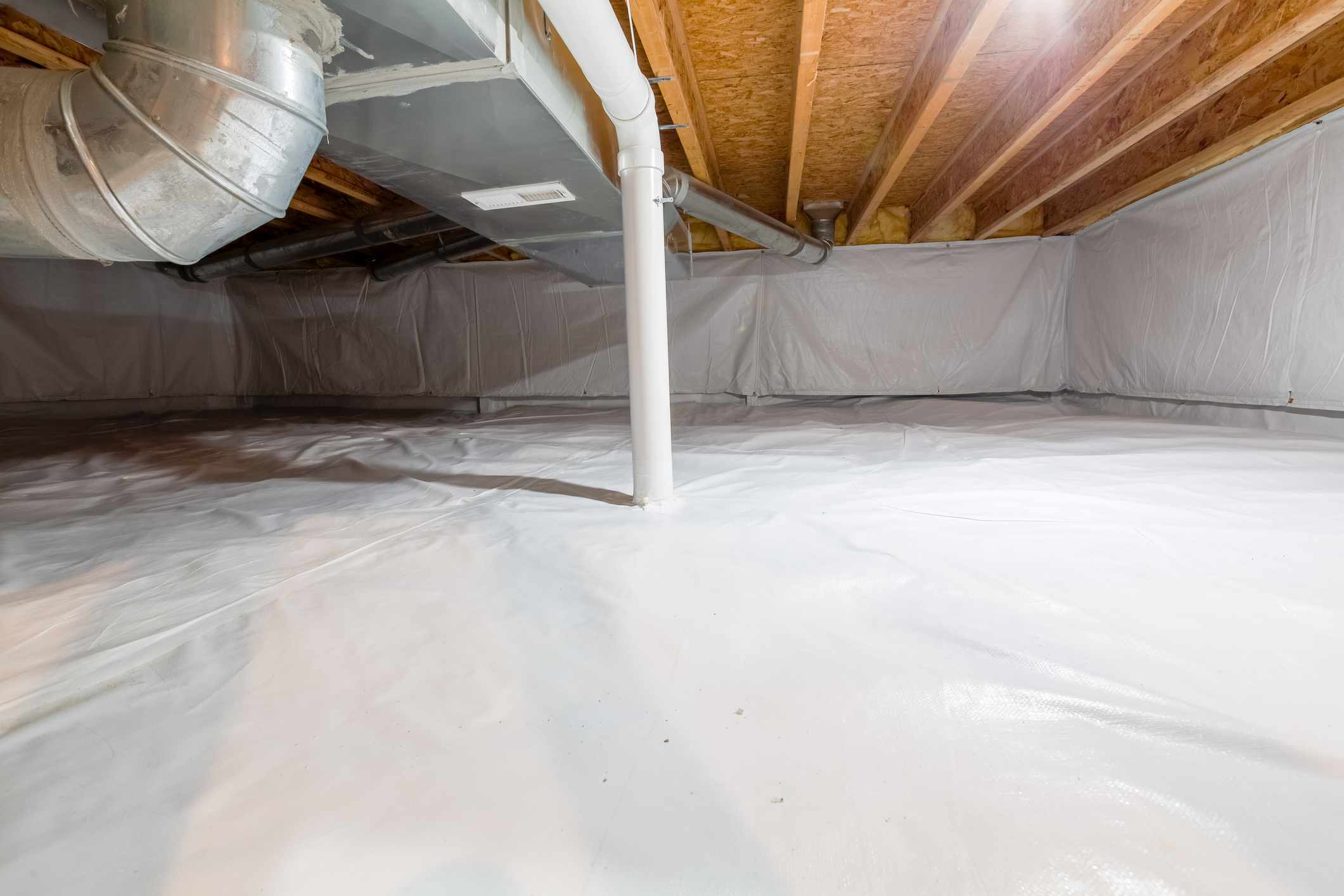




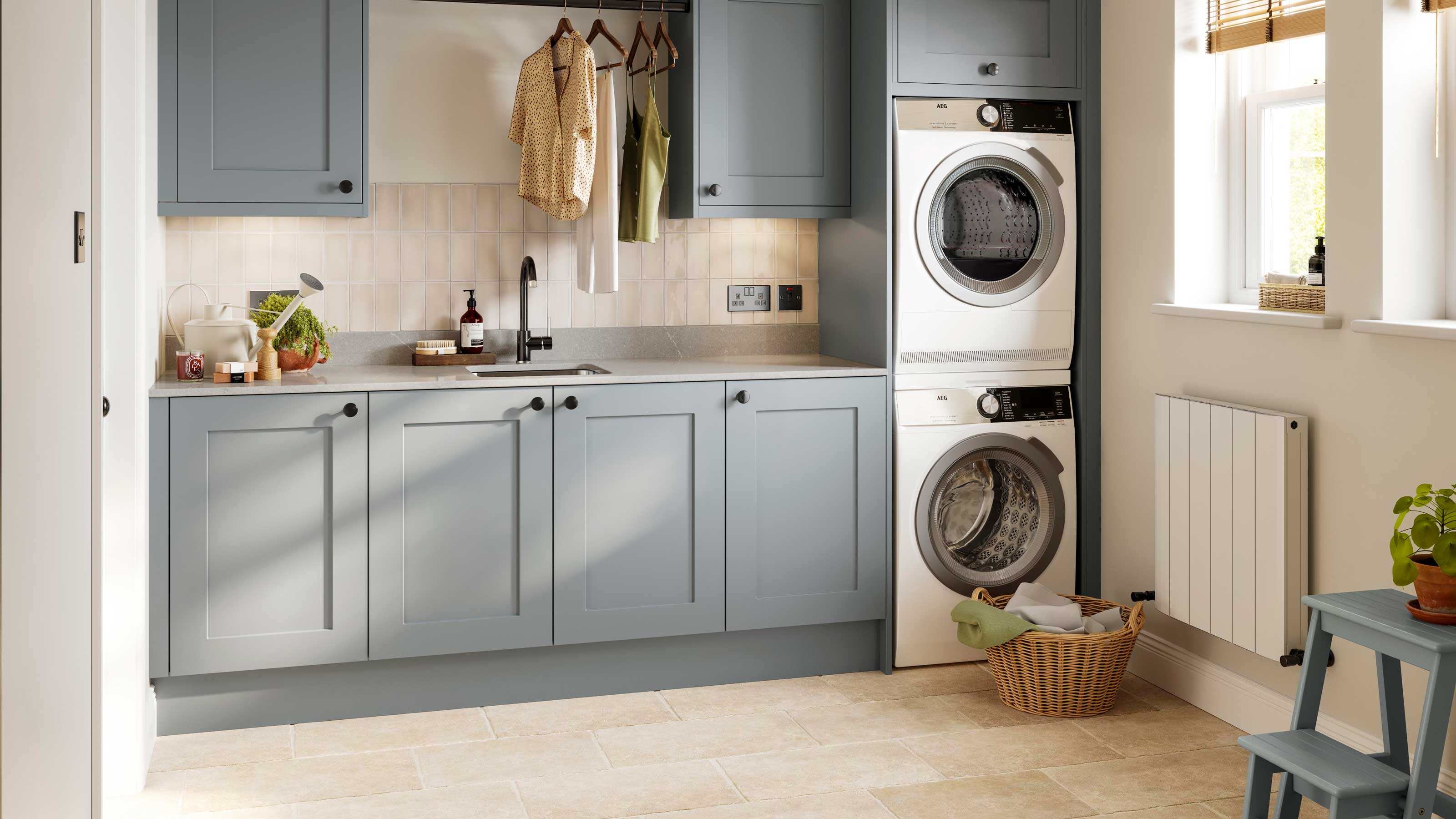


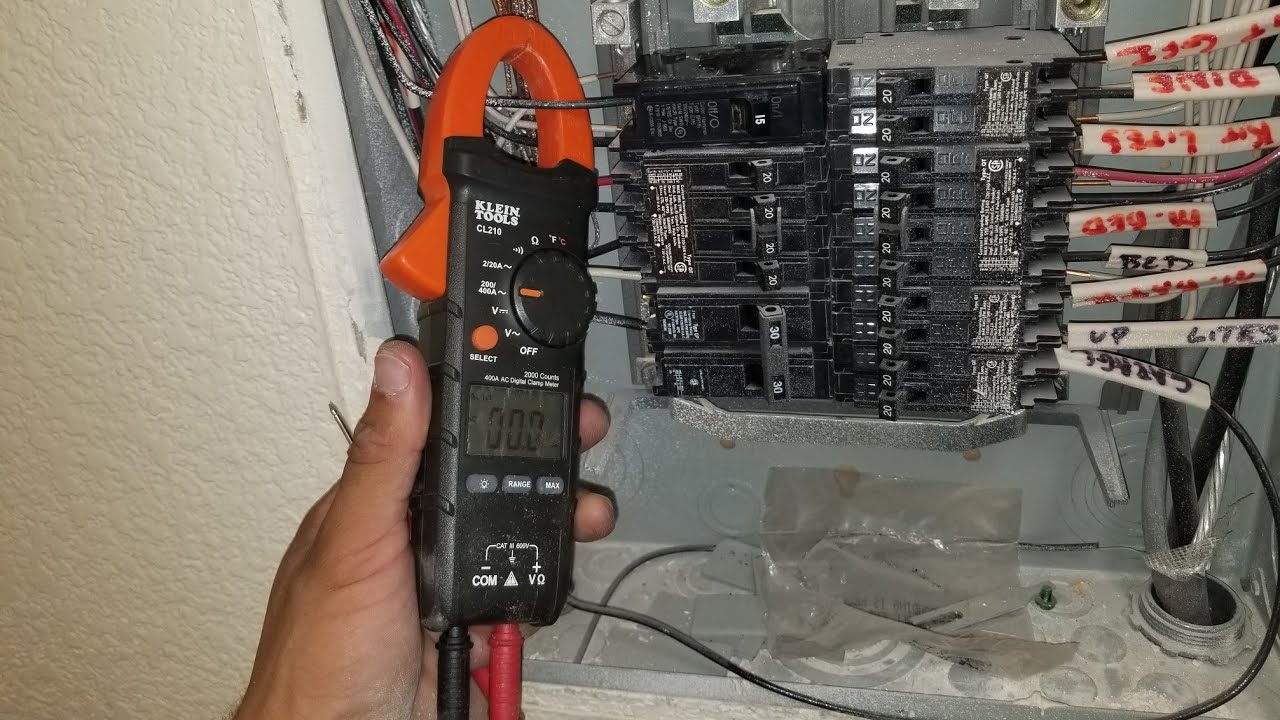
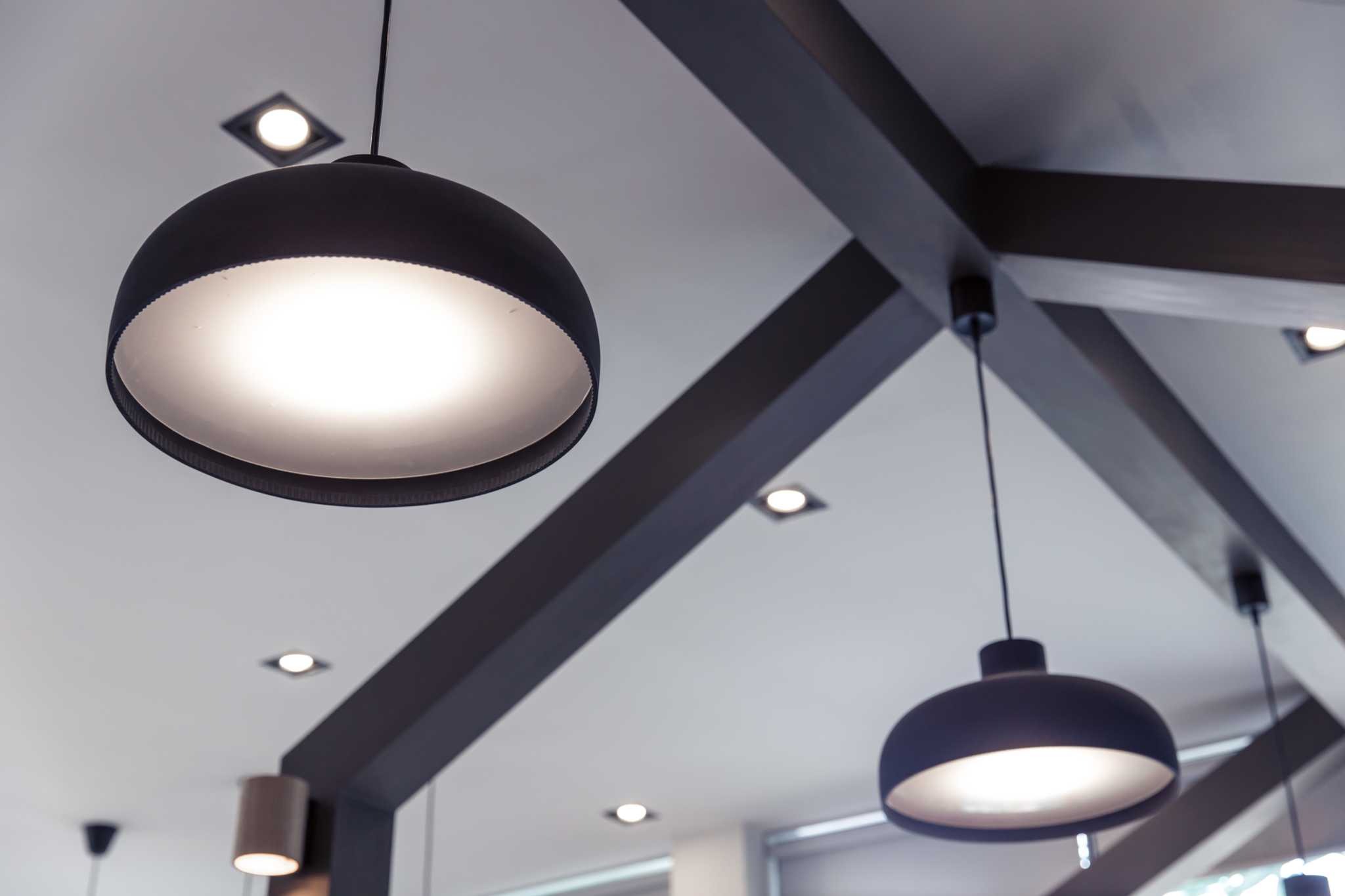
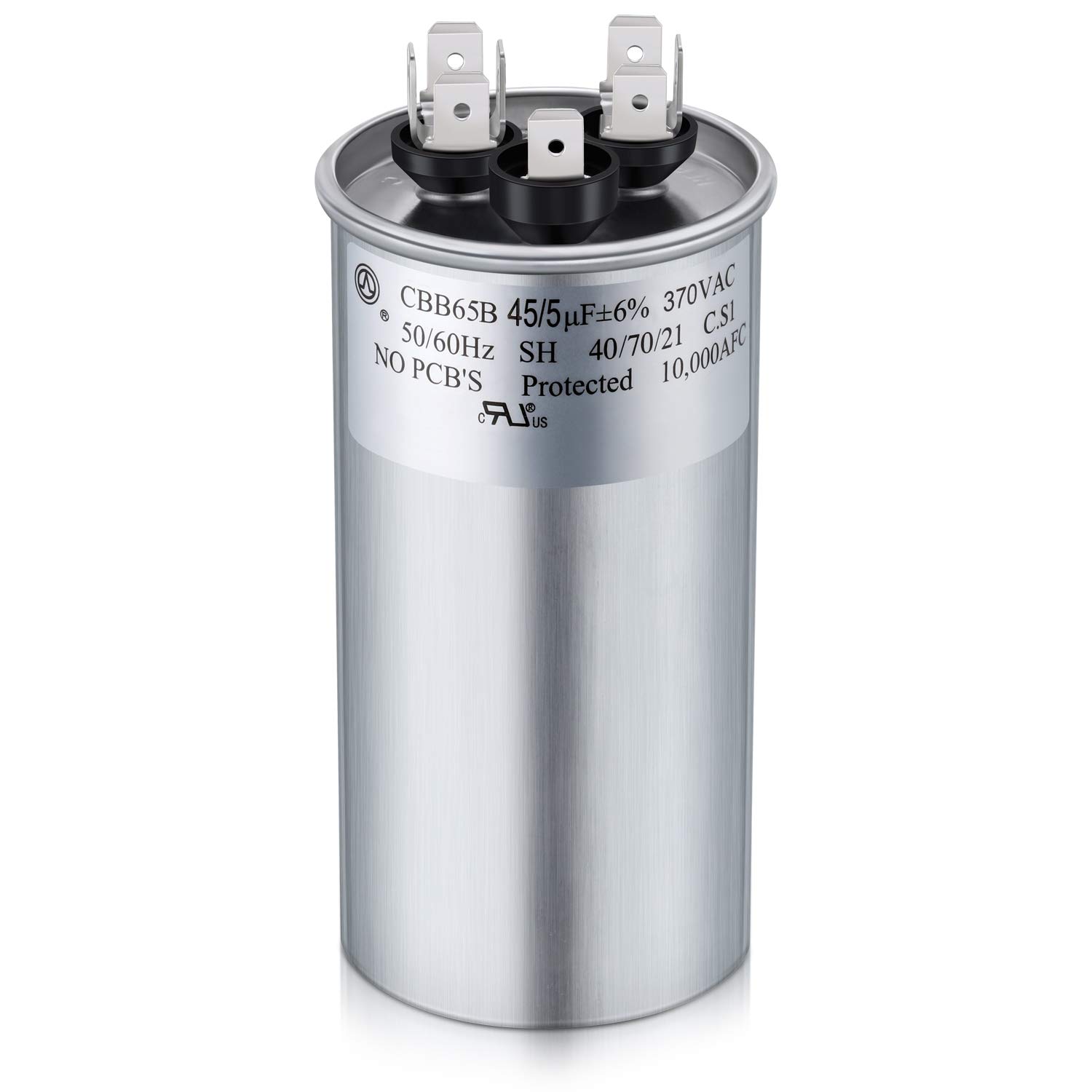
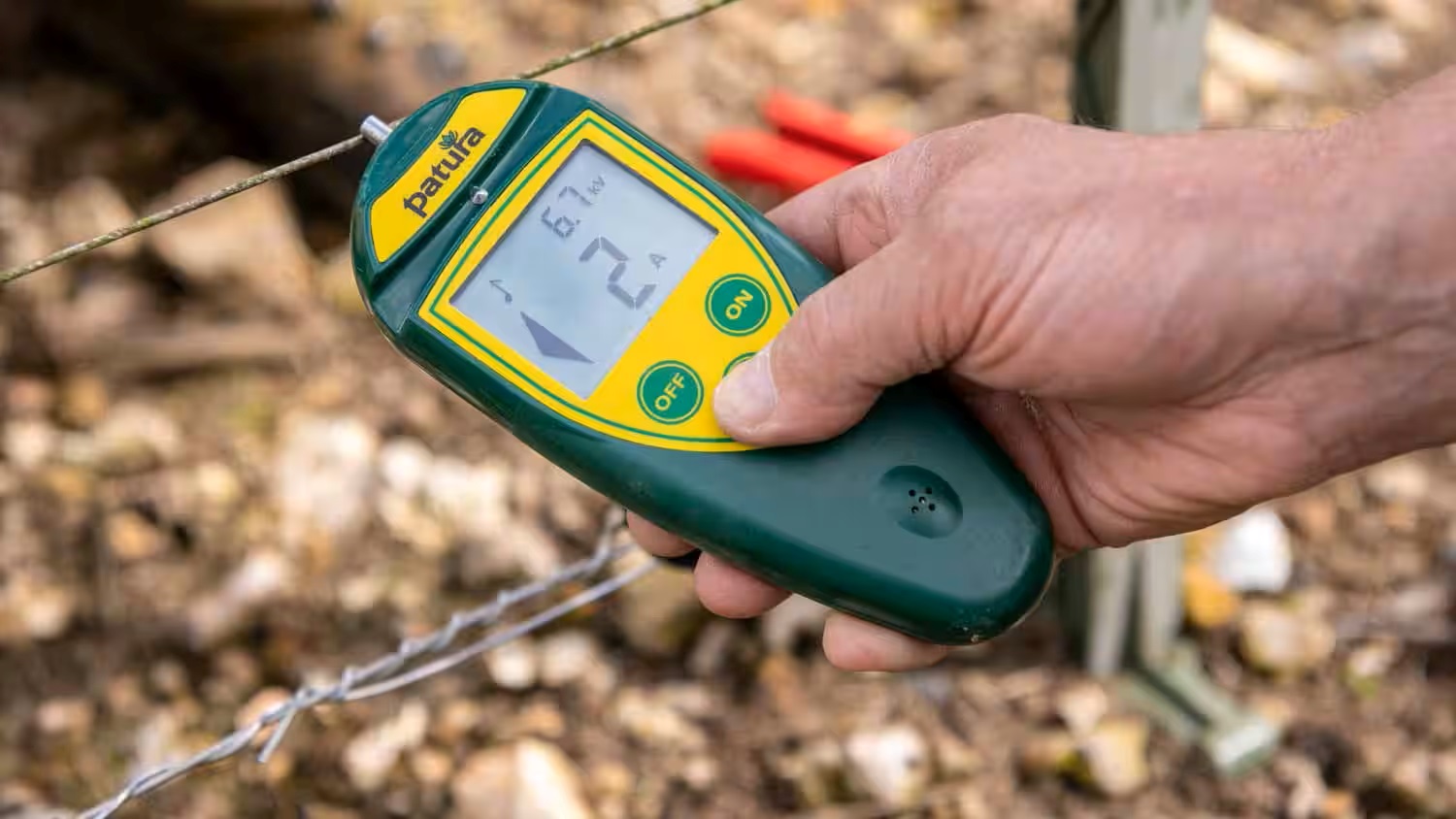

0 thoughts on “How To Test Humidity In Basement”